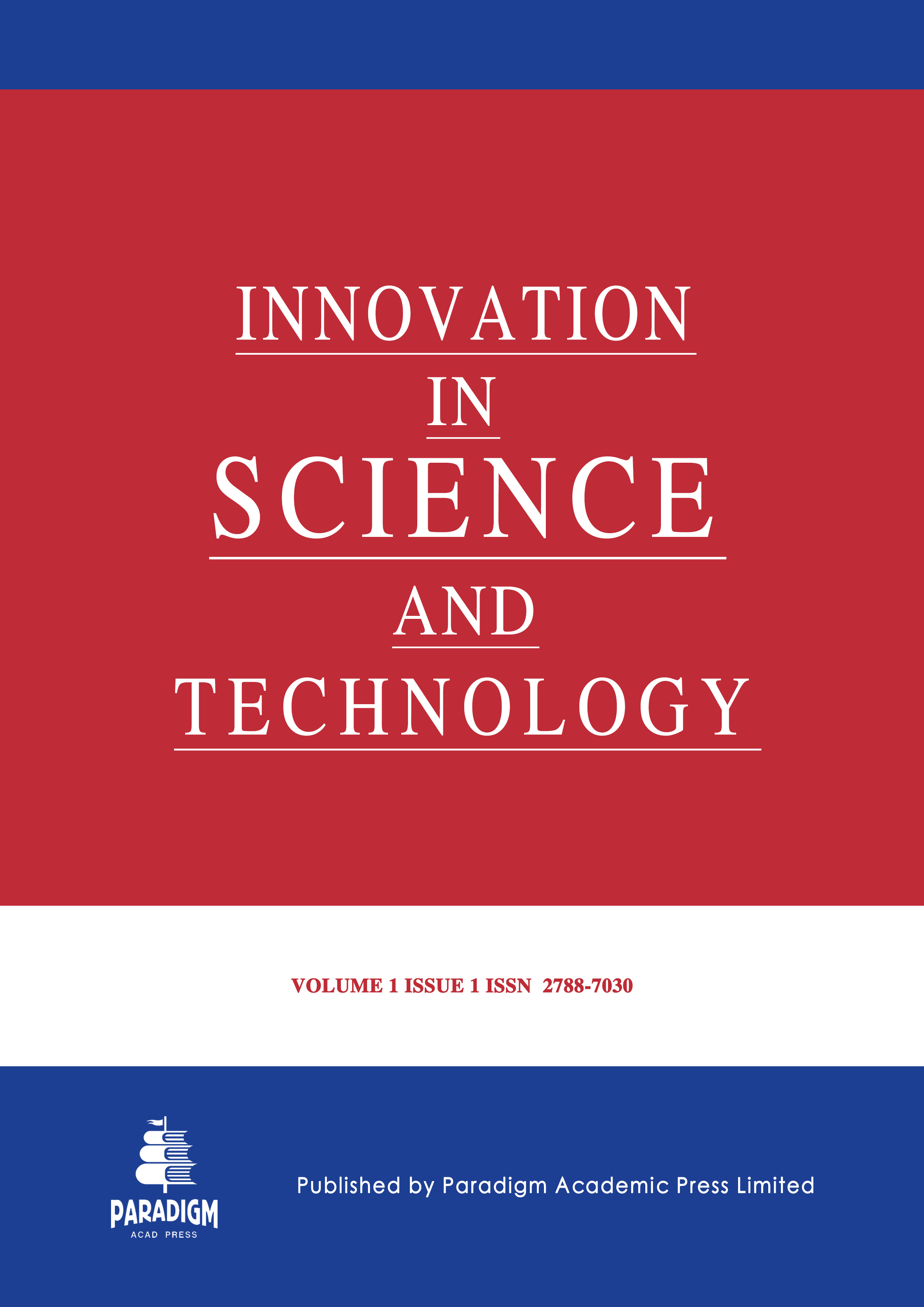Developing an Avatar-Based Framework for Unified Client Identification in Banking Systems Using Generative AI and Graph Neural Networks
Keywords:
avatar-based framework, unified client identification, banking systems, generative AI, Graph Neural Networks (GNNs), data fragmentation, data synthesis, data augmentation, entity resolution, regulatory compliance, Know Your Customer (KYC), Anti-Money Laundering (AML), data integration, client data consistency, financial institutions, government comptroller departments, operational efficiency, fraud detection, customer experience, data privacy, machine learning, Artificial Intelligence (AI)Abstract
In today’s data-driven world, the accurate and consistent identification of clients across multiple platforms is a critical challenge for financial institutions, government comptroller departments, and third-party service providers. Fragmented and inconsistent data across various systems pose significant risks, including regulatory non-compliance, fraud, and operational inefficiencies. This thesis presents the development of an innovative avatar-based framework for unified client identification in banking systems, leveraging the power of Generative AI and Graph Neural Networks (GNNs). The framework synthesizes disparate client data into a single, cohesive representation in the virtual world, effectively addressing the challenges of data fragmentation and inconsistency.
Generative AI models, such as Generative Adversarial Networks (GANs) and Variational Autoencoders (VAEs), are employed to enhance data quality by generating realistic synthetic data and imputing missing values. These models augment the existing datasets, ensuring completeness and accuracy of client profiles. Simultaneously, GNNs are utilized to model the complex relationships and interactions within the client data, capturing intricate dependencies and enhancing the accuracy of client identification.
The proposed framework offers substantial benefits, including improved regulatory compliance, enhanced operational efficiency, and superior customer experience. By providing a unified view of client data, financial institutions can better detect and prevent fraudulent activities, meet stringent regulatory requirements, and deliver personalized services. Government comptroller departments can ensure more effective public fund management and maintain transparency. Third-party service providers can leverage accurate client profiles for better service delivery and risk management.
The race to implement such advanced frameworks is a pivotal factor in determining leadership in the financial and administrative sectors. Institutions that adopt and integrate this technology swiftly will gain a significant competitive advantage, setting new standards in client identification and data management. This research underscores the transformative potential of combining Generative AI and GNNs in creating a robust, scalable, and efficient system for unified client identification, paving the way for future advancements in this critical field.


